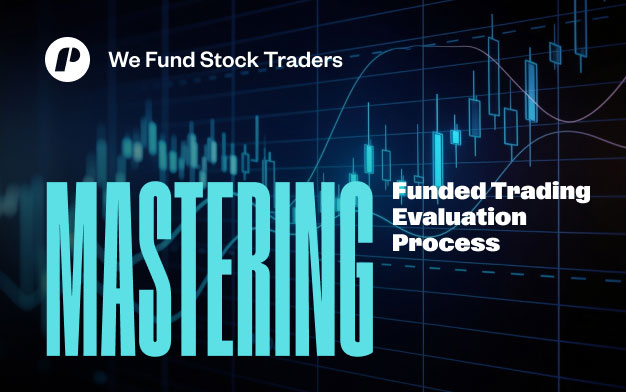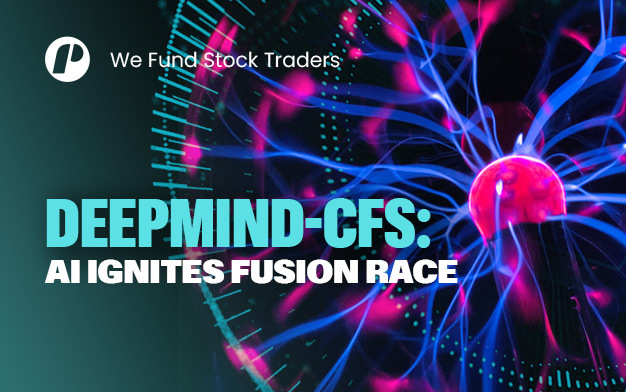
You’ve grasped Smart Money Concepts and its basic philosophy. Now, it’s time to dive deeper into core mechanics. So, what is the Smart Money Concept rule? The Smart Money Concept rule is a trading approach that follows institutional activity—focusing on market structure, liquidity zones, and order blocks to trade in the direction of large players, such as banks and hedge funds. Understanding this foundational rule is crucial for advanced price analysis. This article dissects Smart Money Concepts Terminology. Specifically, we’ll explore Order Blocks, Fair Value Gaps (FVG), and Liquidity in intricate detail. You’ll gain a precise understanding of their mechanics and nuances on charts. This knowledge unlocks institutional order flow, equipping you for advanced SMC trading. Our previous guides laid the groundwork; this builds the crucial next layer of your expertise.
Key Notes
-
- What are Order Blocks in Smart Money Concepts?
- Smart Money Concepts Terminology
- Smart Money Concepts Terminology: Understanding Market Structure
- What are the Smart Money Rules?
- Smart Money Concepts Indicator
What are Order Blocks in Smart Money Concepts?
You’ve heard the term “Order Block” in Smart Money Concepts (SMC), but what exactly are Order Blocks? In SMC, an Order Block is a specific price zone on a chart where large institutional orders were previously executed. These zones are typically marked by the last opposing candle (a bearish candle before a bullish move, or a bullish candle before a bearish move) just before a sharp, sustained price movement begins, in the same direction as smart money’s intent. Think of an Order Block as the footprint of institutional involvement. Traders monitor these areas because price often revisits them later, either to rebalance orders, mitigate unfilled positions, or tap into resting liquidity. Recognizing Order Blocks is crucial — they often act as high-probability zones for price reactions, making them key levels for entry, continuation, or reversal analysis.
Smart Money Concepts Terminology: Fair Value Gaps Explained
Following our detailed look at Order Blocks, another essential pattern in Smart Money Concepts (SMC) is the Fair Value Gap (FVG). So, what is a Smart Money concept fair value gap? An FVG is a market inefficiency, a “gap” in price where rapid buying or selling consumed liquidity, leaving non-overlapping candlesticks. These gaps signal areas where the price moved forcefully, creating an imbalance. On a chart, this appears as a three-candlestick pattern: the first candle’s high/low does not touch the third candle’s high and low. FVGs are interpreted as areas where the price will likely return to, often to “fill” or “rebalance” before continuing its original strong move. Recognizing FVGs provides precise insights into institutional order flow, strengthening your understanding of Smart Money Concepts Terminology.
What is Liquidity in Trading?
Moving beyond market structure, what is liquidity in trading? Liquidity refers to the ease with which an asset can be bought or sold without significantly affecting its price, reflecting the balance between supply and demand. In simple terms, it’s how easily you can enter or exit a trade. High liquidity ensures tight spreads and efficient order execution. Crucially, in Smart Money Concepts (SMC), liquidity holds more profound meaning. It acts as the “fuel” for large institutional orders. Specifically, smart money seeks liquidity pools, areas on charts with concentrated buy or sell orders (often stop-losses). Institutions then conduct liquidity sweeps, briefly pushing prices into these areas to trigger stops, generating counterpart orders to fill massive positions before potentially reversing. Recognizing this dynamic is vital for anticipating true market intent.
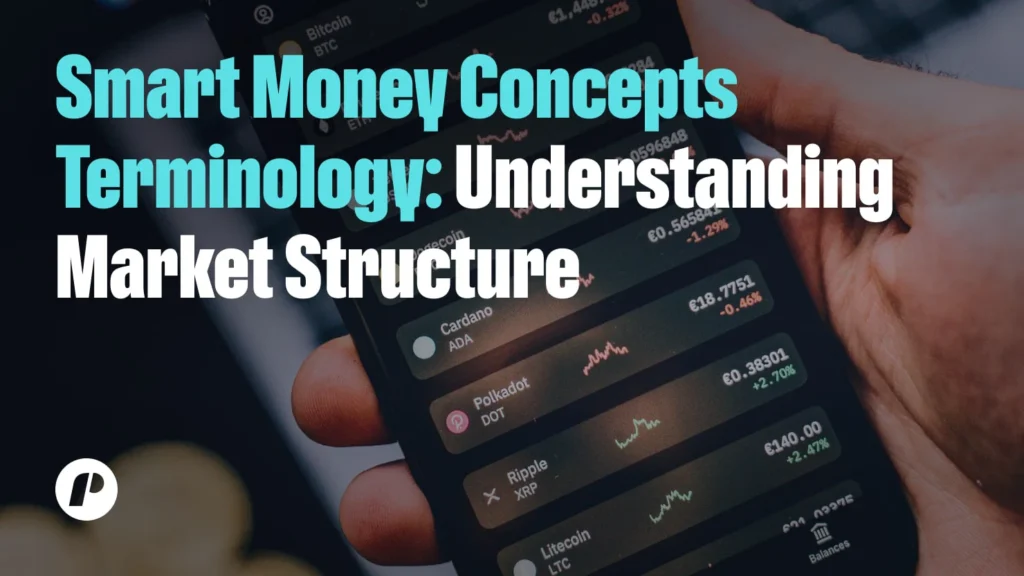
Smart Money Concepts Terminology: Understanding Market Structure
Beyond individual candlestick patterns, what is Smart Money concept market structure? In Smart Money Concepts (SMC), market structure refers to the sequencing of swing highs and swing lows that define a trend’s direction, reflecting the underlying order flow and institutional intent. This provides a crucial roadmap for traders. In an uptrend, the price forms higher highs and higher lows. Conversely, in a downtrend, it establishes lower lows and lower highs. The most essential confirmations of market structure come through events like Break of Structure (BOS) and Change of Character (ChoCH). A BOS confirms trend continuation, indicating smart money’s ongoing commitment. Meanwhile, a ChoCH signals a potential trend reversal, suggesting a shift in institutional bias. Understanding the SMC market structure allows traders to align with the dominant trend or anticipate significant turning points.
What is a Break of Structure in Smart Money Concepts Terminology?
Following our overview of Smart Money Rules, a key technical concept you’ll encounter is the Break of Structure (BOS). So, what is a break of structure in SMC? In Smart Money Concepts, a Break of Structure (BOS) occurs when the price decisively closes beyond a previous significant swing high (in an uptrend) or swing low (in a downtrend), signaling a continuation. This action represents a strong institutional commitment to push prices further in the established direction. It confirms the dominant order flow remains active. Traders seek a precise candle body closure above the previous high or below the prior low, not just a wick. Recognizing a valid BOS is crucial for identifying strong trends and potential continuation setups, helping you align with smart money’s persistent intent within Smart Money Concepts Terminology.
What is the Point of Interest Smart Money Concept?
Beyond individual elements, what is the Point of Interest (POI) Smart Money Concept? In Smart Money Concepts (SMC), a Point of Interest (POI) is a specific, refined area on a price chart where smart money is expected to re-engage, serving as a high-probability zone for price reaction or reversal. Think of a POI as a precise “magnet zone.” It’s not just any Order Block or Fair Value Gap (FVG). Instead, it’s a segment of these areas chosen for its strength and specific market context. POIs typically represent locations where large institutional orders were previously executed, often following significant displacement or liquidity sweeps. Price tends to return here to “fill” or “mitigate” remaining unexecuted orders from big players.
Identifying a valid POI requires a deep understanding of various SMC principles, including Order Blocks, FVGs, and Liquidity. Many comprehensive trading programs provide detailed methodologies for pinpointing and trading effectively from these precise POI zones.
Identifying and Utilizing POIs
Recognizing a strong Point of Interest (POI) involves more than just seeing an Order Block. Traders scrutinize the POI’s origin. It must originate from a strong, impulsive move (displacement) that broke the market structure. High-volume activity during its formation further validates the presence of a POI. Confirmation is key. Often, a POI aligns with a higher timeframe Order Block or a premium/discount array, adding confluence. Traders utilize POIs for precise entries, anticipating a reversal or continuation once the price taps into this zone. They typically combine POI identification with lower timeframe confirmations before executing a trade. Understanding and leveraging POIs are fundamental for refined entry selection in Smart Money Concepts, transforming abstract analysis into actionable trading strategies.
What are the Smart Money Rules?
Beyond the single overarching concept, what are the Smart Money rules? Smart Money rules are trading principles that track institutional activity to deal with the market’s dominant forces. These rules are not arbitrary; they derive from observable price action. Key elements, for example, include market structure shifts (BOS/CHOCH) and liquidity grabs near highs/lows, showing institutions’ targets. Order blocks indicate where big players enter trades. Traders also look for fair value gaps—imbalances in price that are often revisited—and mitigation moves as institutions manage past positions. Inducement zones, conversely, bait retail traders before reversals. Together, these rules help identify high-probability setups by aligning with where smart money is accumulating or distributing positions, rather than reacting to retail-driven signals or surface-level price action. Mastering these systematic rules offers profound insights.
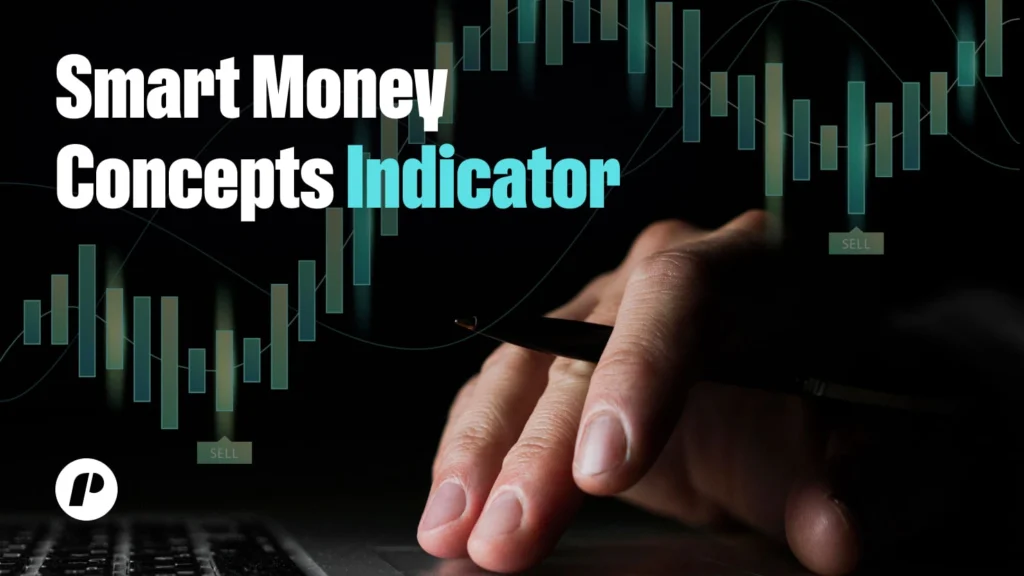
Smart Money Concepts Indicator
Many traders seek a single Smart Money Concepts indicator to automate their analysis. So, what is a Smart Money Concepts indicator? Crucially, Smart Money Concepts (SMC) itself is not a traditional lagging technical indicator; it is a comprehensive price-action methodology. Unlike tools like RSI, SMC does not generate direct buy or sell signals. Instead, it relies on observing raw price action. However, some software or custom indicators, like those offered by Lux Algo, are often referred to as SMC indicators. These tools are aids. They highlight specific price behaviors – the “footprints” – that signal institutional order flow. The actual “indicator” in SMC remains the skilled trader’s eye, interpreting market inefficiencies and strategic intent. This approach prioritizes understanding why prices move, rather than simply reacting to an automated line, fostering discretionary analysis.
Automated Identification Tools
While Smart Money Concepts (SMC) is fundamentally a discretionary approach, various advanced tools and algorithms can significantly aid a trader’s visual identification process. These are not traditional indicators that provide automated buy or sell signals. Instead, they serve as powerful visual accelerators, highlighting potential areas of interest (POIs), liquidity zones, or structural shifts that the trader would otherwise identify manually. They help streamline chart analysis, especially in fast-moving markets. It’s crucial to remember that these tools act as sophisticated drawing aids. The ultimate decision-making, based on context and confluence, remains solely with the informed trader. Understanding their function helps utilize them effectively without becoming reliant on automated directives.
Order Flow & Volume Profile Tools
Delving deeper into institutional activity, specialized tools provide granular insights. Order Flow charts, also called Footprint charts, display executed buy and sell orders at each price level within a candlestick. This reveals aggressive absorption or exhaustion of orders, crucial for confirming SMC levels. Volume Profile is another invaluable tool. It presents horizontal histograms of volume traded at specific price levels over a chosen period. High-volume nodes indicate areas of high liquidity or strong institutional interest, while low-volume nodes (HVN/LVN) can signal inefficiencies. These tools complement SMC by offering a three-dimensional view of price, time, and volume, helping traders identify trapped liquidity or confirm the true strength of a move beyond just candlesticks.
Liquidity & Structural Highlighting Indicators
Several tools actively assist in pinpointing key SMC concepts related to market structure and liquidity. Indicators automatically mark Equal Highs/Lows (EQH/EQL) and highlight Trendline Liquidity, where traders typically concentrate stop-loss orders. Similarly, Time-based Liquidity indicators automatically plot session highs/lows (e.g., Asian, London, New York) or daily/weekly extremes, which serve as institutional targets. Advanced indicators can also identify and display Breaker Blocks and Mitigation Blocks – areas where order blocks failed, resulting in a break in the structure, and where the price may return to mitigate. These visual aids accelerate identifying critical Smart Money Concepts levels for trading.
Confluence & Premium/Discount Tools
Beyond individual components, SMC traders seek confluence, which some tools simplify visually. Premium/Discount Zone indicators, for instance, automatically divide a price range into upper (premium for selling) and lower (discount for buying) sections. This helps identify optimal zones for institutional accumulation or distribution. Multi-Timeframe Confluence is another key concept, where higher-timeframe biases guide lower-timeframe entries; tools can visually overlay or signal alignment. These visual aids help traders confirm SMC setups. They layer different analytical perspectives, strengthening trade probability. This disciplined approach aligns with the comprehensive nature of Smart Money Concepts.
Lux Algo: A Popular SMC Tool
Among the various tools aiding in the identification of Smart Money Concepts (SMC), Lux Algo Smart Money Concepts stands out as a popular option. It offers a suite of custom indicators designed to automate the visualization of key SMC components directly on trading charts. Specifically, Lux Algo aims to highlight Order Blocks, Fair Value Gaps, liquidity zones, and structural shifts. Its popularity stems from simplifying the visual analysis for both beginners and experienced traders. It can quickly draw attention to potential areas of interest that a trader would typically identify manually. However, it’s crucial to remember that Lux Algo, like any automated tool, serves as an aid. It does not replace the fundamental understanding of SMC principles or the need for a trader’s discretionary analysis, context confirmation, and risk management.
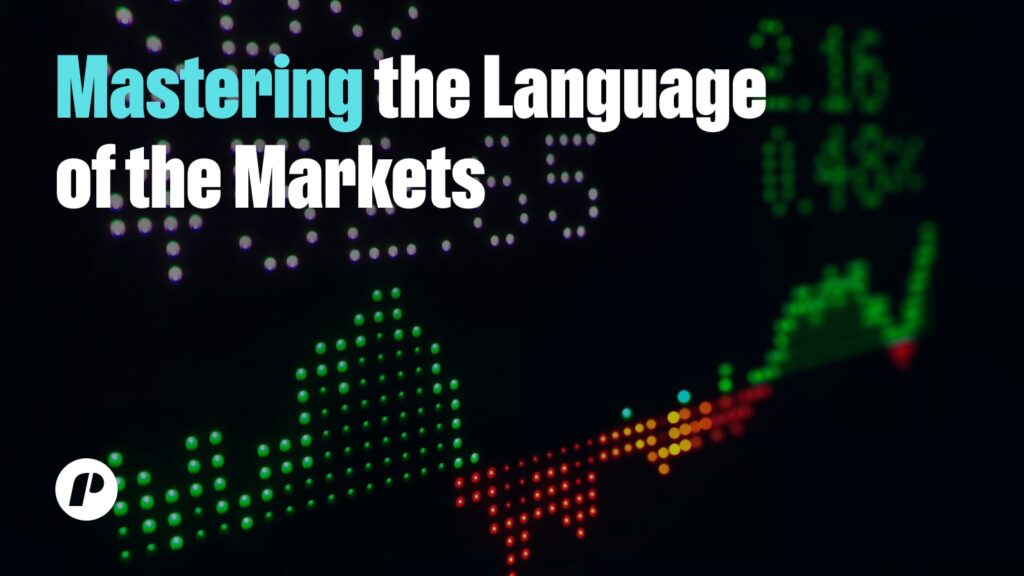
Conclusion: Mastering the Language of the Markets
You’ve now completed a deep dive into the essential terminology of Smart Money Concepts (SMC). This article has provided you with a precise understanding of critical elements, including Order Blocks, Fair Value Gaps (FVG), Liquidity, Points of Interest (POI), and Market Structure. We also explored how SMC indicators serve as valuable tools for identification. Mastering these terms is not just about vocabulary; it’s about deciphering the intricate language of institutional order flow. This detailed knowledge empowers you to read charts with unparalleled clarity, anticipating the true intent of big players. You are now prepared to build sophisticated trading strategies. Your journey continues: next, we will explore Smart Money Traps and advanced applications to solidify your trading edge.
If you liked this post make sure to share it!


